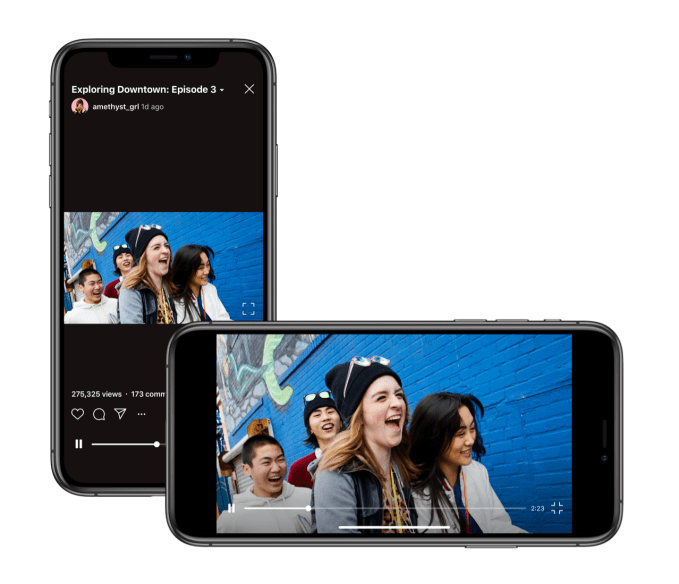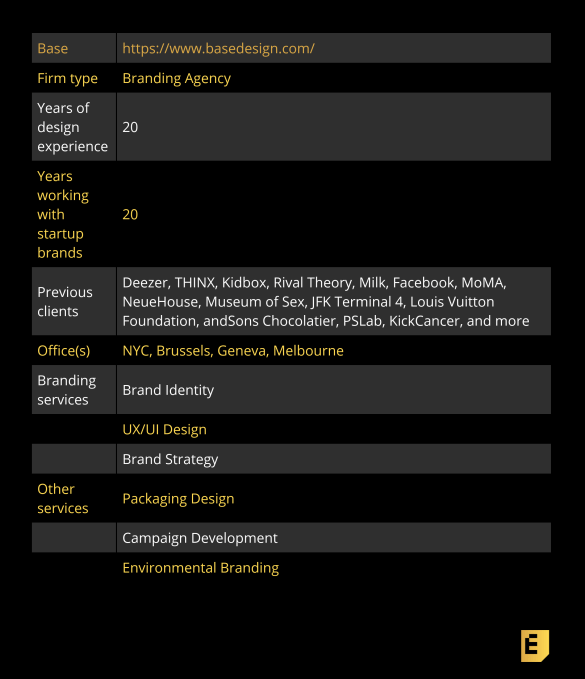Kids gaming platform Roblox has its sights set on China with today’s news that it has entered into a strategic relationship with Chinese tech giant, Tencent. The companies announced a strategic partnership that will initially focus on education — specifically, coding fundamentals, game design, digital citizenship, and entrepreneurial skills.
The joint venture — still unnamed — will be based in Shenzhen, Roblox says. And its eventual goal is to bring Roblox to China. This is something Roblox has been steadily working towards ahead of today, most recently by adding support for Chinese languages and making its coding curriculum available for free in Chinese.
The first initiative from the new JV will be a scholarship fund that sponsors 15 young developers, who will fly to the U.S. to attend a week-long creator camp at Stanford University. The camp, taught by iD Tech, will teach the students game design, including how to create 3D worlds, along with programming fundaments using Roblox’s developer tools and Lua code.
Roblox and Tencent, together with the China Association for Educational Technology (CAET), are calling for applications from creators ages 10 through 15. Teachers will be encouraged to nominate their students, who can apply online on Roblox’s website. The submissions close on June 14, and scholarship recipients will be notified on June 28.
The first camp will run the week of July 23, and a second session will run the week of August 18. During camp, students will work, eat and stay at Stanford.
“I’m extremely excited to partner with Roblox,” said Steven Ma, Senior Vice President of Tencent, in a statement. “We believe technological advancement will help Chinese students learn by fueling their creativity and imagination. Our partnership with Roblox provides an engaging way to reach children of all ages across China to develop skills like coding, design, and entrepreneurship.”
“Tencent is the perfect partner for Roblox in China,” added Roblox Founder and CEO Dave Baszucki. “They have a deep understanding of the Chinese market and share our belief of the power of digital creation and our vision to bring the world together through play.”
The multi-year JV will continue to invest in educational initiatives, including local coding camps, training programs for instructors to build custom courses, and more.
Unlike other gaming companies, Roblox has to do more than just finding a way into China with the help of a local partner — it also has to create an active community of game creators in the region. That’s because Roblox is a gaming platform, not a game maker itself. Instead, third-party creators build their own games on Roblox for others to play.
Roblox gets a share of the revenue the games make through sales of virtual goods.
In 2017, Roblox said paid out $30 million to its creator community, and noted that number would more than double in 2018. In April, Roblox noted that game players and creators now spend more than a billion hours per month on its platform. Now valued at over $2.5 billion, Roblox claims more 90 million monthly active users — a number that could dramatically increase if Roblox launched in China.
from TechCrunch https://tcrn.ch/30TGuK3
via IFTTT



